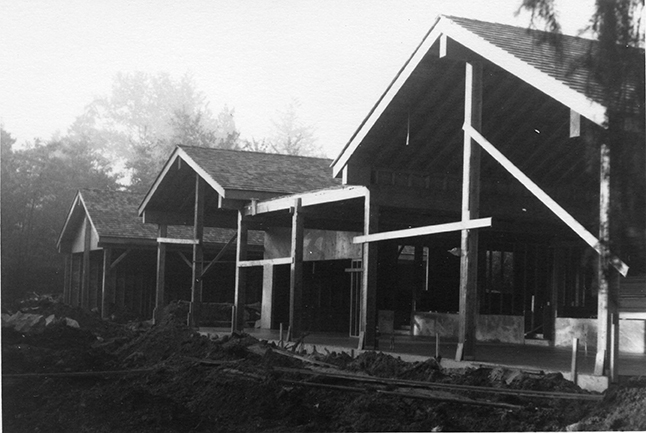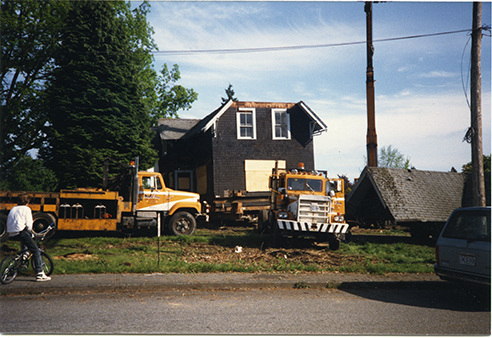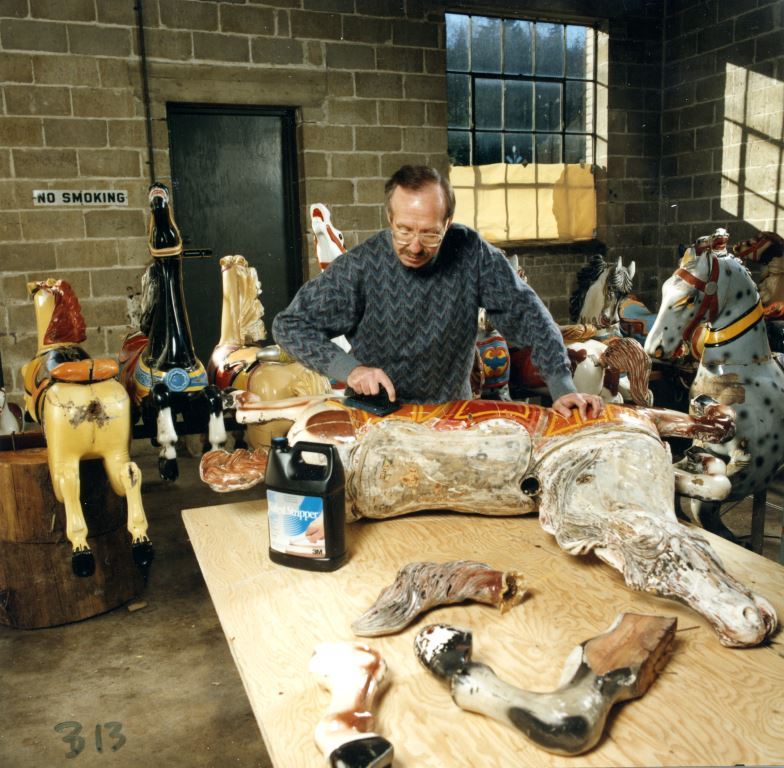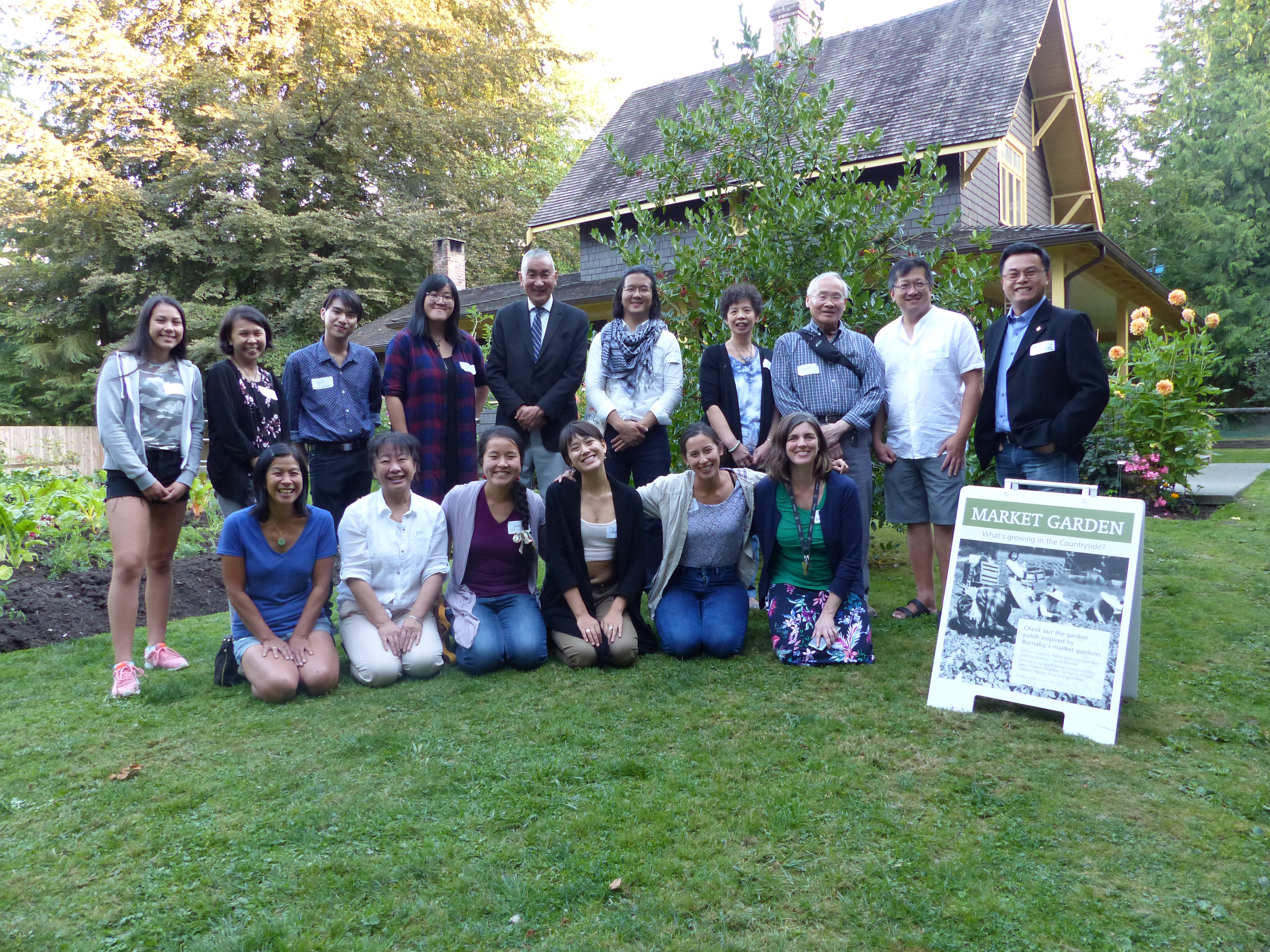Burnaby Village Museum was built in 1971 as a commemorative project of the 100th anniversary of the Province of British Columbia joining Confederation with Canada. The original layout of the Museum depicted a single street and manor house (Elworth) spread across 4.3 acres, which intended to illustrate how a small BC pioneer village may have looked around the turn of the 20th century.
After the initial construction and fabrication of the Museum, the Museum continued to grow, adding new exhibits and buildings every year. Throughout the 1980s, the Municipality of Burnaby and Century Park Museum Association worked together on plans to acquire more land to expand administration and exhibit spaces. By the end of the decade the museum’s size had doubled, and a bridge was being built across Deer Lake Brook to accommodate a new entrance and development of a rural zone. After the Municipality of Burnaby took over the administration of the Museum in 1990, staff and volunteers created exhibits and programs representing Burnaby, with emphasis on the 1920s.
Over the past 50 years, Burnaby Village Museum has become a household name in the Lower Mainland. It is an immersive, ten-acre village that welcomes those from every walk of life. Many appreciate the open air, theme-park atmosphere, which doubles as a place to learn and experience the past. It’s also a place that draws thousands of people to large annual holiday celebrations. It’s a free attraction in the middle of the City of Burnaby and offers changing and varied activities for all. Burnaby Village Museum works to integrate a more balanced interpretation of historical and cultural identity within Burnaby and in the context of an increasingly global culture.




